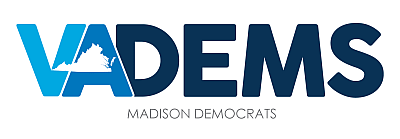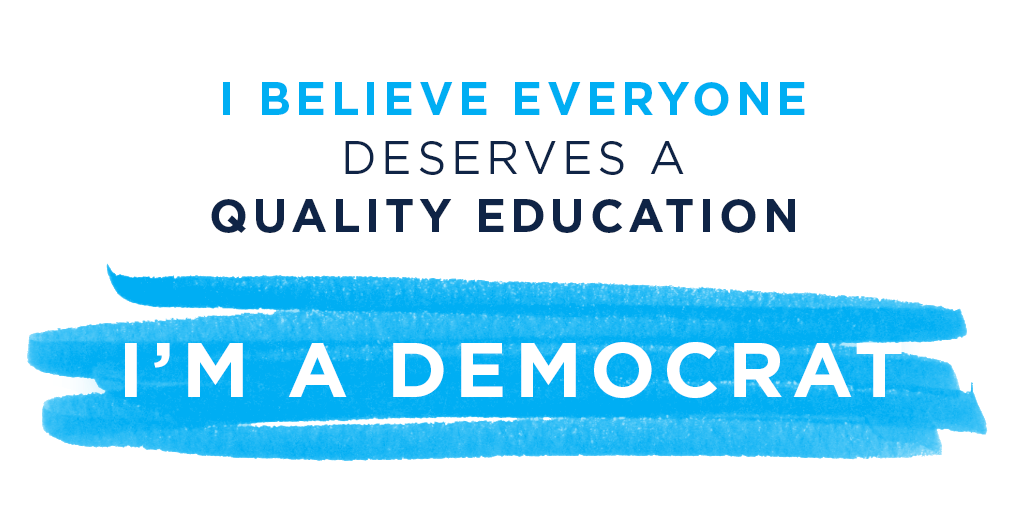By Dave Leichtman
As Colin noted last week, one of the biggest topics of discussion at December’s Rootscamp was how to move the state of the art forward with respect to Digital Organizing. In the Democratic political space, we suffer what can only be described as a lack of a Digital Bench – too few digital staffers for the number of campaign slots we need to fill. Lots of reasons have been floated as the root of this problem: consultancies eating up talent, younger people growing up and chasing dollars, not having a “seat at the table” on campaigns, or a lack of good training options. I’d venture that the answer is “all of the above.” We must then look at the issue holistically and ask ourselves what we can do to fix it.
Below, I outline a case for a 50-State Digital Organizing Program, whereby staff would be trained to act as shared resources for down-ballot campaigns. This new crop of digital organizers would then constitute the start of a new, deeper digital bench for Democrats.
Is this a problem that needs solving?
There is a distinct lack of resources being devoted to digital programs across the board. Considering that digital organizing has been widely touted as one of the Democratic Party’s most distinct competitive edges (especially in tight elections), we have to ask why. No major statewide or coordinated campaign questions the need for a Digital Director staff position, yet down-ballot – at the state legislative and state party level – you would be hard-pressed to find one, except in rare high-dollar races in major media areas. And even then, the actual work is often farmed out to consultants, rather than handled internally.
Why then, does digital organizing seem to be slighted in down-ballot campaigns? Why is a Digital Director the “last pick” for most organizations? To some extent, it’s because it can be very difficult to persuade candidates and campaign managers of the value of digital organizing outside the confines of specific large races. Data exists showing the obvious efficacy, but a good bit of it is closely held by the large Dem entities and consultancies that see it as an edge (and who can fault them for that?).
But anyone who has been involved in a statewide or presidential can tell you that digital organizing is undeniably valuable, if for no other reason than that it increases fundraising totals. There is also an obvious complimentary effect to broad-spectrum communications with your base voter pool – hitting people with messages in many media at once – and the efficiencies gained in tech-enabled hyper-targeting. Because of the power of targeting, small campaigns in tight districts might actually benefit MORE from digital organizing than the big campaigns, since they direct their scarce resources carefully.
But how do we solve it?
Regardless of the considerations above, most state parties and down-ballot campaigns simply lack the money needed to hire dedicated digital staff. They also lack the ability to ramp up their tech needs quickly, to begin fundraising methodically, to recruit volunteers, and to solicit and contribute to overall message coordination. These problems have been exacerbated recently by the confluence of statewide and national fundraising into individual PACs which can raise and spend more money more easily than an actual campaign.
But I would argue that most small campaigns don’t need dedicated staff… on their own payrolls. Rather, part-time, shared resources are probably completely sufficient to accomplish 80-90% of the normal duties of a digital organizer on a down-ballot race: website updates, social media posts, blast emails and digital advertising. In Virginia, we have a program whereby all of the volunteers who are technically oriented – digital organizers and tech wizards – are part of a co-op through which we “socialize” our resources. If a down-ballot candidate needs help, we try to match the campaign with somebody nearby who can provide assistance in the needed practice area. While this program has been moderately successful, especially with local committees, it is obviously limited by its all-volunteer structure.
From anyone who was involved in down-ballot work in 2007-2009 on the Democratic side, you often hear a common reminiscent refrain: “remember the 50 State Organizers?” Under a DNC program that died after the 2008 election, each state was given the resources to hire regional political organizers (Virginia for example had three). Volunteers and local committee members recall how well things operated when these regional staff were able to act as liaisons between those committees and coordinated campaigns.
A 50-State Program, that’s how!
Therefore, I propose that the solution to our current predicament is the creation of a similar program – a 50-State Digital Organizers Program. It is time to create a unified and standardized program for Democratic digital organizing. This should be accomplished by codifying best practices and techniques, training to them, and by adopting one or more common software toolsets that meet these needs. This would allow for campaigns of all sizes to benefit from the knowledge and skills of high-performing digital programs while also reducing the cost, training and setup overhead. It would also free up resources for innovation and optimization by providing the basics to every campaign.
What better time to pilot this program than right now? Only five states will hold elections in 2015 (VA, NJ, LA, MS, and KY), and two of those (VA & NJ) lack a statewide election held at the same time to encourage the coordination of resources. This off-off-year election cycle presents the perfect opportunity to pilot such a program in at least VA and NJ, and in doing so, train the first set of new digital organizers with whom to rebuild the bench.
Where do we go from here?
Of course, all of this begs two major questions: where would we house it, and who would pay? I think there are several interesting models to explore. We could expand NOI’s BootCamp program, co-opt a similar c4, attach it to one of our tech vendors, or house it as a fellowship within the DNC itself. As far as funding, that entity could attempt to raise funds itself; seek funding from Democracy Alliance, other c4s or Super PACs, or the DNC; or make alternative arrangements through private companies. We HAVE options, and these questions shouldn’t scare us off from action.
The first step is to start a conversation, and my hope in writing this is to do exactly that. I propose to assemble experts in the field of digital organizing willing to serve on an advisory board for such a program.
We can’t afford not to act.
A great deal of hubris exists in the Democratic digital organizing space. After all, this is the group of people who elected the President (twice) and formed numerous successful companies afterward. But that was years ago, and this is now. Anyone who has paid attention to the progress made on the Republican side knows that they’ve caught up since and that we ignore their advancements at great peril. Now is the time to move forward with a 50-State Digital Organizing Program. Later may be too late.
Want to join me? Want to help craft a program like this? Email me, and let’s start the conversation.
Dave Leichtman is the Democratic Strategist for Microsoft’s Campaign Tech Services and the Vice-chair for Tech of the Democratic Party of Virginia. Read Dave’s previous work on Epolitics.com.

